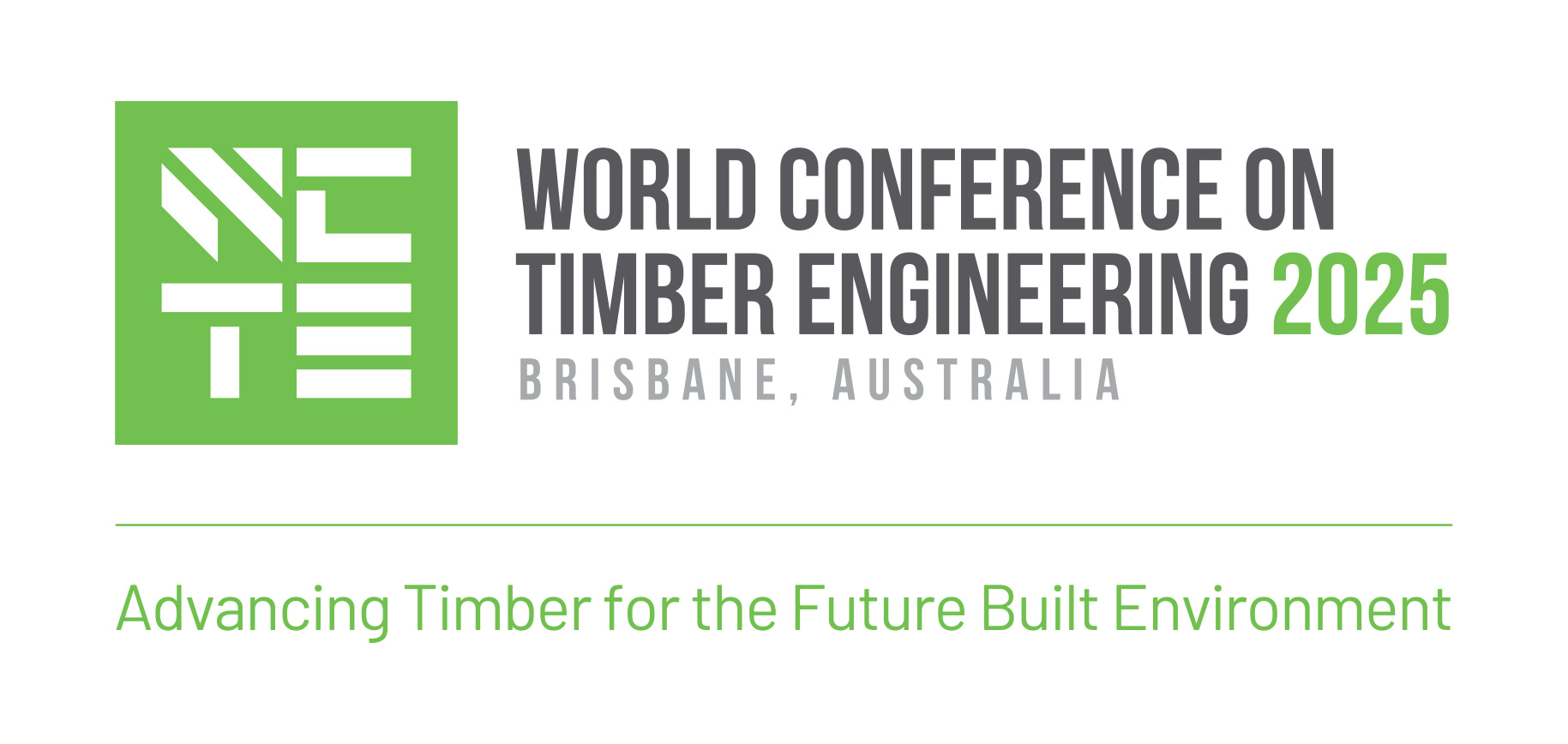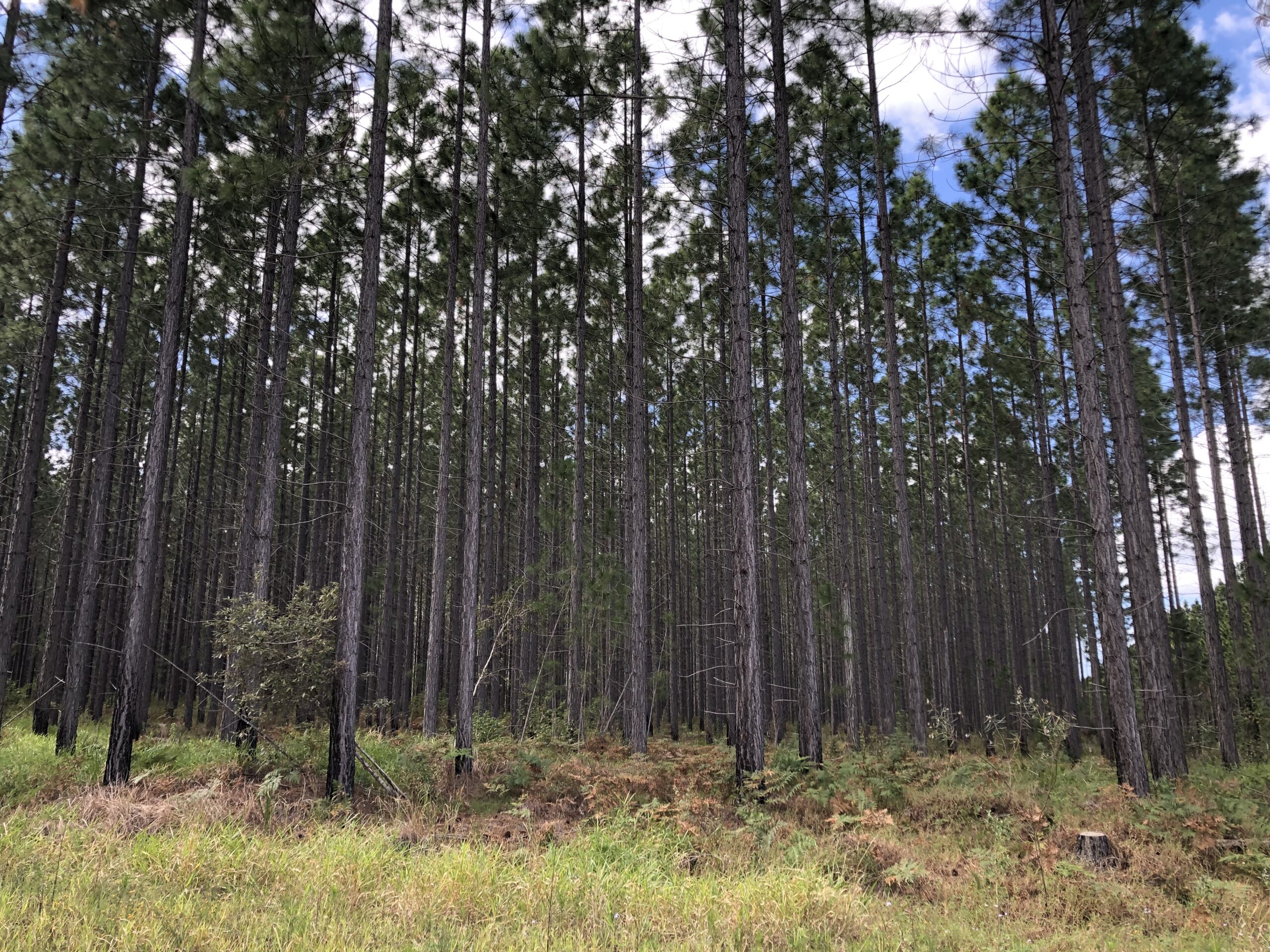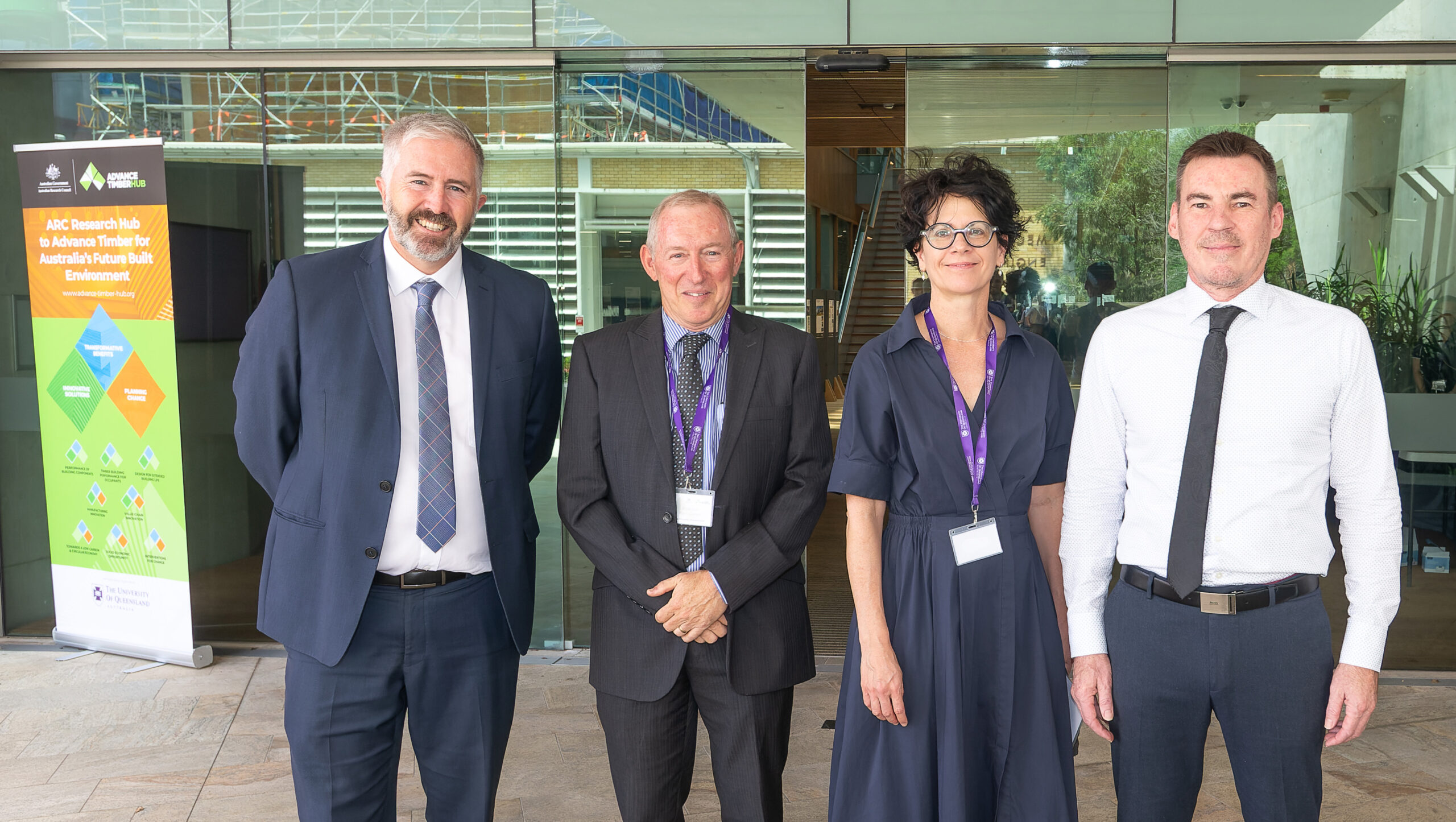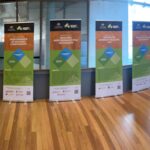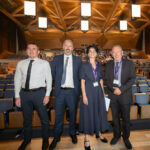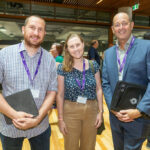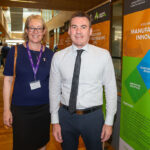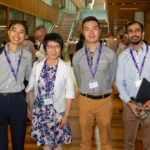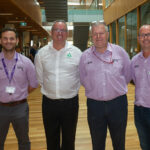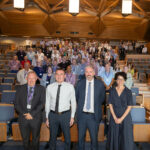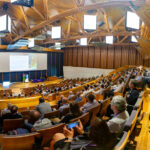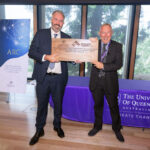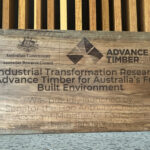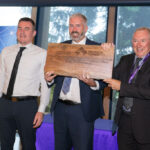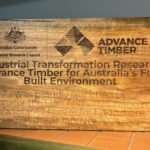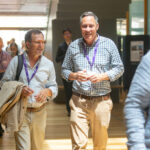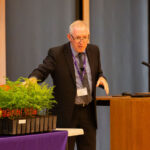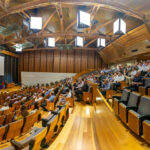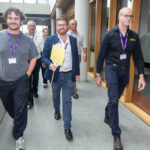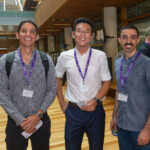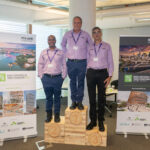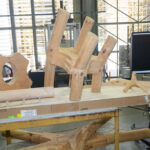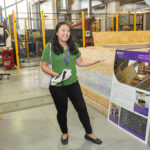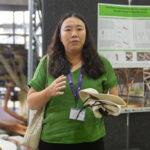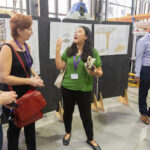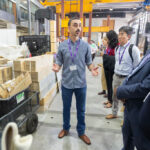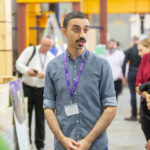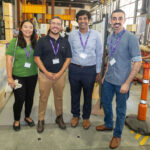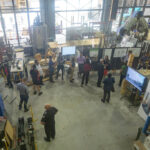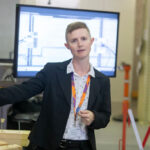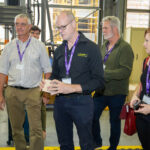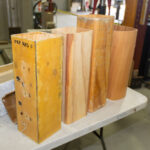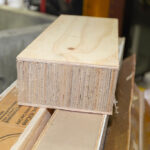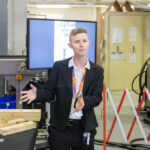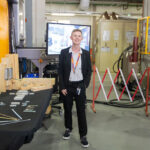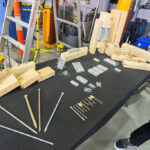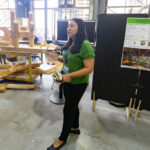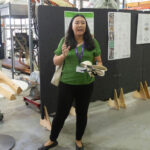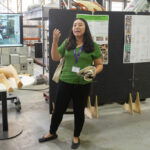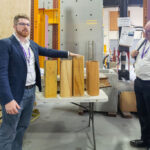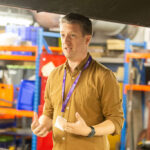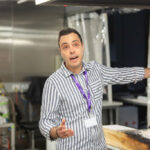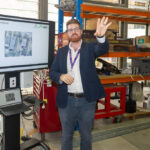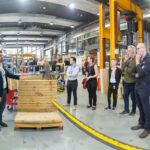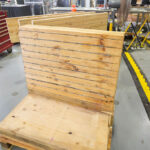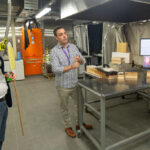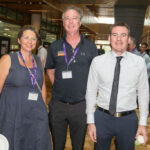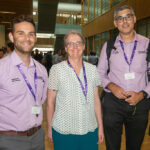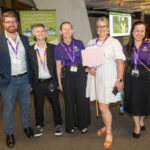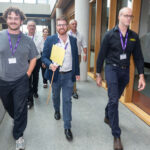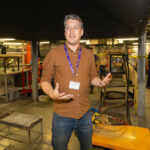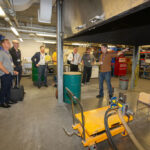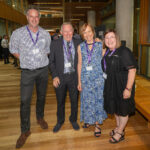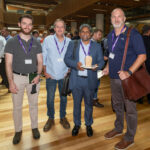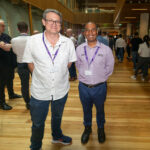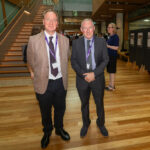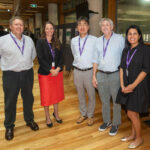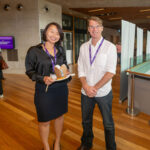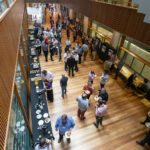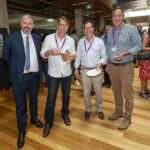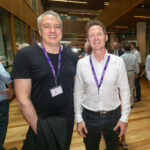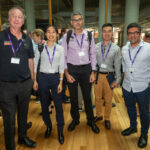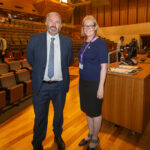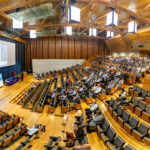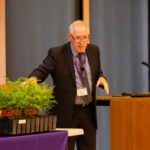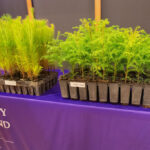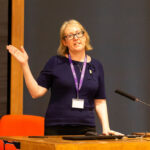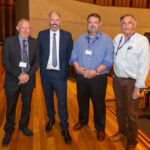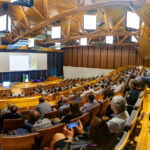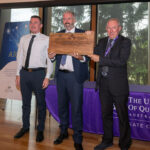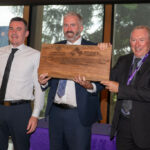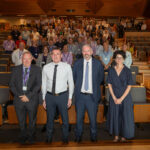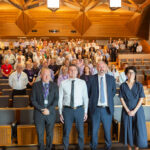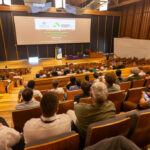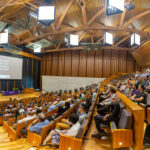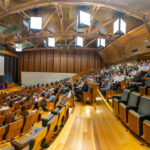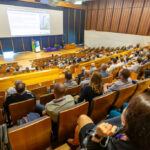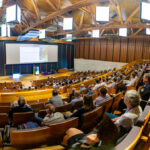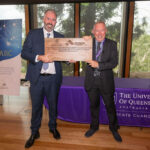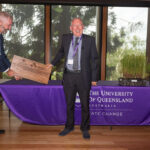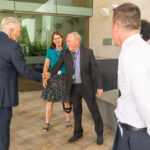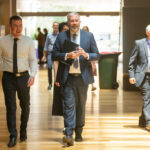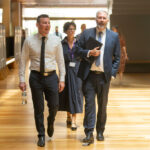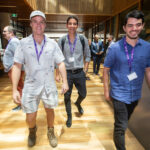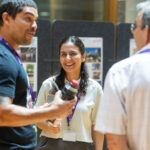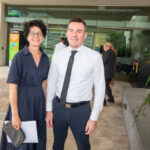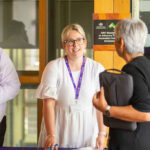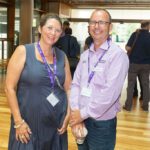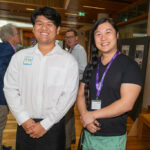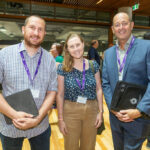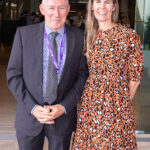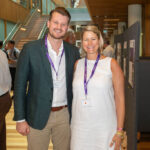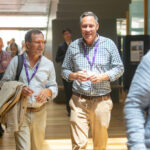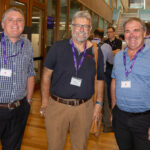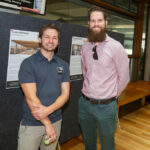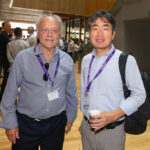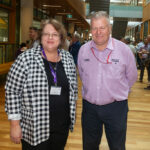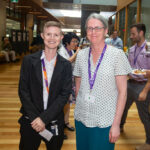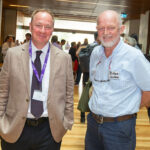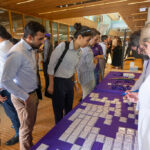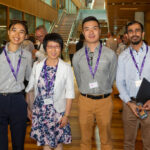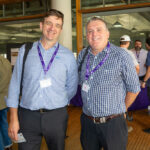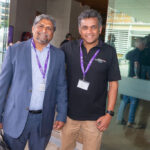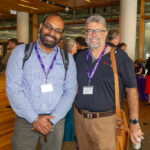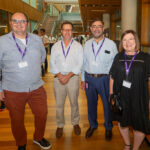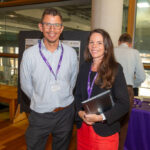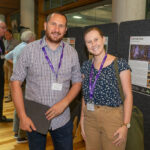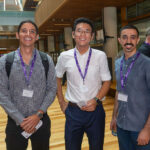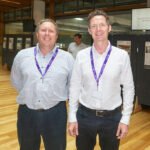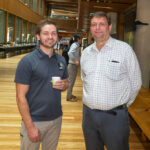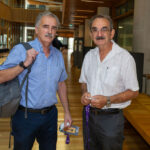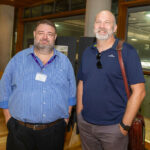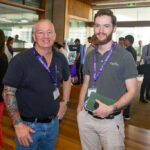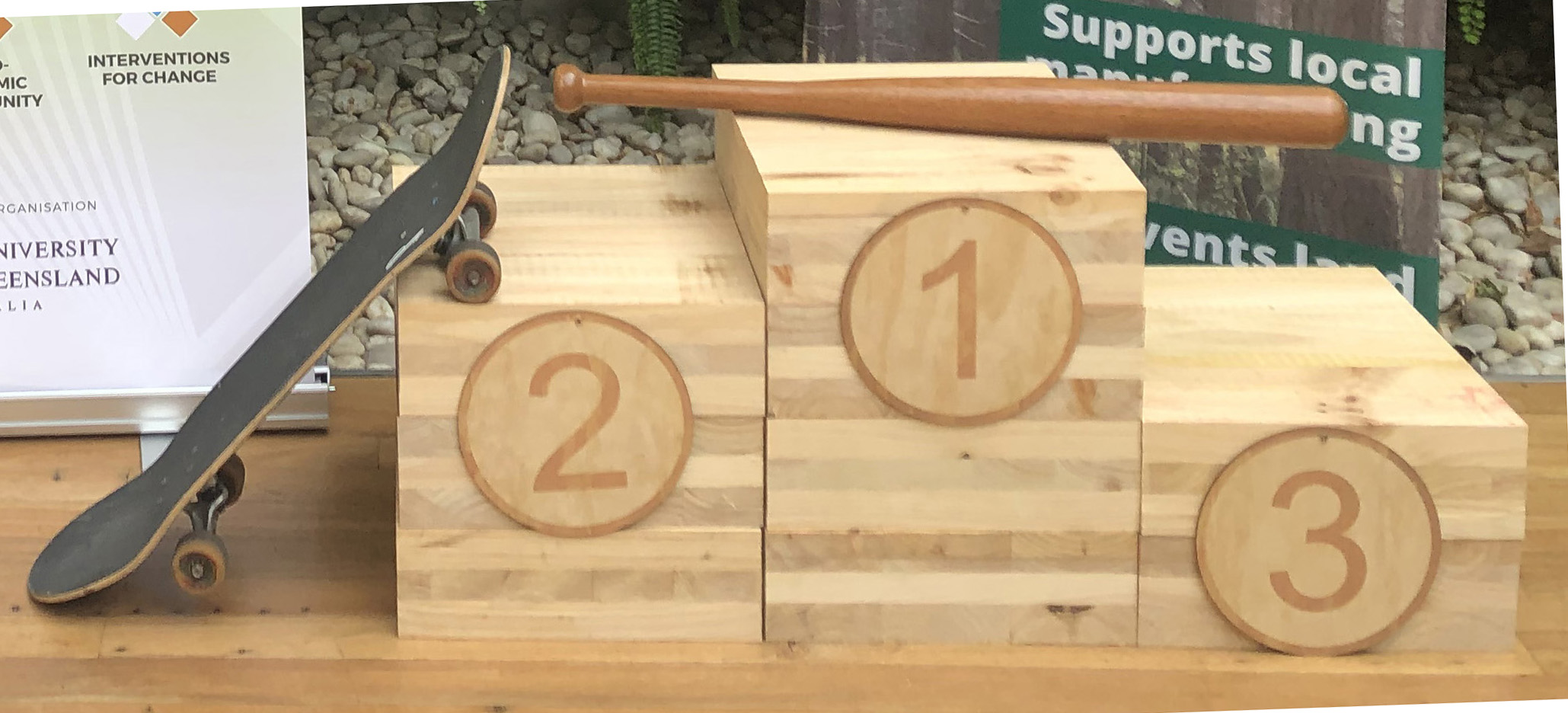The WCTE 2025 Organising Committee are pleased to advise that the WCTE 2025 Draft Program is now available to view on the website WCTE 2025 – Key Dates & Program. The program includes details on each technical session for the current list of 804 oral presentations and over 150 poster presentations.
Category: Media Releases
Timber efficiencies could help ease nation’s housing crisis
University of Queensland researchers have found improving timber production efficiencies by just 5% could unlock supply for an extra 8,000 homes to be built in Australia each year.
Please see UQ News Article: https://www.uq.edu.au/news/article/2024/01/timber-efficiencies-could-help-ease-nations-housing-crisis
and article in Timber & Forestry ENews – Feb 1 2024 – Making more from what we have – Achievable production efficiencies could provide a part-solution for timber needs.
ARC Research Hub to Advance Timber for Australia’s Future Built Environment launched by Senator the Hon Anthony Chisholm
The University of Queensland leads $16.5 million research hub focused on advancing sustainable timber in Australia’s future built environment.
For decades, gleaming towers of steel and concrete have defined city CBDs.
It’s as if we’ve built our cities to match our science fiction dreams of what our future should look like, rather than a future based on what’s sustainable and what’s best for our health and well-being.
Steel and cement are responsible for 10 percent of mankind’s greenhouse gas emissions,[1] and their extensive use in construction needs to be reconsidered if we’re to reach net zero by 2050.
But what if we had an alternative building material that’s as strong and cost-effective, as well as more natural and renewable? What if we could ‘grow’ high rise buildings?
We can, and we are.
Assistant Minister for Education and Assistant Minister for Regional Development, Senator the Hon Anthony Chisholm, today (January 31) opened the new $16.5 million Australian Research Council Research Hub to Advance Timber for Australia’s Future Built Environment (ARC Advance Timber Hub), at The University of Queensland (UQ).
The ARC Advance Timber Hub will promote the use of sustainable timber in some of Australia’s biggest construction projects.
“Timber’s ability to sequester carbon, to reduce the carbon footprint of construction, makes it ideal for construction companies wanting to show their green credentials,” said UQ’s Pro-Vice-Chancellor (Research), Professor Rachel Parker.
Advanced technologies are now producing timber products that rival steel and concrete for strength and cost-effectiveness in the construction of multi-storey office and apartment buildings.
These engineered timber products are also relatively light weight, flexible, and safer to work with, said Professor Parker.
Engineered wood from sustainably managed forests can also be prefabricated offsite, fire-resistant, and reusable. And the construction industry is already demonstrating, dramatically, how well engineered timber works in mid to high-rise buildings.
A 10-storey office block at 25 King Street in Brisbane, a co-creation between Lendlease and Aurecon, is currently the tallest engineered timber office building in Australia.
It will soon be dwarfed by others, including the Atlassian hybrid timber building in Sydney[2] and a 191-metre tall C6 hybrid tower in Perth.[3]
Many of the industry partners involved in the ARC Advance Timber Hub are involved in the design and construction of many of these new buildings.
“What the ARC Advance Timber Hub helps us envisage and realise is an environment that’s a bit closer to the natural world – and one that’s also more practical, sustainable, and more suited to our well-being,” said Professor Parker.
“And that’s the other benefit of timber. It feels right, it feels natural, and research shows that timber in our buildings is good for our mental health and productivity.”
The ARC Advance Timber Hub builds on the work and expands the scope of the ARC Research Hub to Transform Future Tall Timber Buildings, which wound up in 2021.
Since then, said Professor Parker, it’s become increasingly clear that timber will play a key role in helping Australia transition to a circular and net-zero economy.
“Of course, now that we’ve had our researchers look more closely at the incredible advantages of timber, we’ve been able to develop the products that go a long way to replacing concrete and steel in many building applications. And of course, timber is the only modern building material that is truly renewable.”
The confidence in timber’s future role in the construction industry led to the ARC announcing in 2022 the funding for this new hub, based in UQ’s School of Civil Engineering.
Director of the ARC Advance Timber Hub, Professor Keith Crews, said there’s now a need to encourage and support more construction companies using engineered wood in building projects.
“This requires comprehensive research and development to demonstrate the benefits to both government and private sector building clients, coupled with motivating broader social demand for greater use of timber, along with a technical research agenda to motivate manufacturing investment.”
The hub is collaborating with 28 industry partners to help its researchers test and develop new materials for the construction industry.
“Collaboration between industry and academia is essential when we push back the frontiers of any field. And that’s really what we’re doing with the use of timber in the construction industry.”
The ARC Advance Timber Hub brings together many of the country’s best timber scientists, engineers, architects, and building experts.
Led by UQ, the hub employs chief investigators from 12 Australian Universities: UQ, Griffith University, The University of Tasmania, The University of Melbourne, The University of Southern Queensland, The University of Sydney, UTS, QUT, Deakin University, UNSW, RMIT, and Monash University.
It also has partner investigators from five international institutions in Sweden, New Zealand and Canada.
Today’s opening of the ARC Advance Timber Hub was also attended by ARC Acting Chief Executive Officer, Dr Richard Johnson; Queensland Government Architect Ms Leah Lang; senior UQ leaders, and industry and university partner representatives.
Please also see related UQ News Article: Timber efficiencies could help ease nation’s housing crisis
and Senator Hon Anthony Chisholm’s Media Release: New timber research hub to transform sustainable construction
ARC Advance Timber Hub Launch Presentation: Professor Keith Crews
Timber & Forestry ENews – Feb 8 2024: New timber hub at UQ already delivering results
[1] Steel, concrete and climate change – The Institution of Structural Engineers (istructe.org)
[2] The world’s tallest hybrid timber tower to be built in Sydney | CNN
[3] Australia will be home to the world’s tallest timber tower | CNN
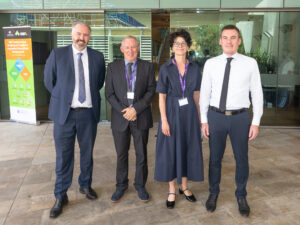
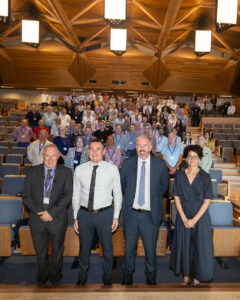
Australian Government signs up to increase the use of timber in buildings by 2030
The Forest and Climate Leaders Partnership Coalition on Greening Construction with Sustainable Wood announced today that at COP28, in Dubai, the Australian Government, with 16 other countries committed to increase the use of timber in the built environment by 2030.
Natasa Sikman, Acting CEO of the Australian Forest Products Association (AFPA), announced in AFPA’s Media Release that, “AFPA congratulates the Australian Government for signing up to this Coalition and its commitment today. Wood from sustainably managed forests provides climate solutions within the construction sector.
“This is an important step in the right direction by the Australian Government to build confidence in the timber construction market. We look forward to continuing our work with the Government on developing enabling policies which will turbo charge a greater use of wood in the built environment.”
The 17 member Coalition, of which Australia is a member, today committed to advance policies and approaches that increase the use of wood in the built environment by 2030. The Coalition recognises that such policies and approaches will result in reduced Greenhouse Gas Emissions and an increase in stored carbon.
“Ministers from Kenya and Costa Rica announced the need to increase the use of wood in the built environment in the race to net zero,” Natasa Sikman said.
“Speakers made clear that the products from sustainably managed forests have multiple benefits for the building sector, replacing plastics, and delivering positive outcomes for local communities. Sustainably managed forests also help protect nature and biodiversity from deforestation and the threats from climate change.”
Today’s announcement builds on the recognition in the latest report from the Federal Government’s own Climate Change Authority (CCA) which cited the ‘carbon stored in trees’ as well as ‘harvested wood products’ helped reduce Australia’s greenhouse emissions in the year to June 2023. This at a time when total national emissions increased to 467 million tonnes, an increase of 4 million on the previous year. It is timely the Government has announced a commitment to ramp up the use of timber in the built environment.
For further information: Brisbane Olympics $7B Pledge for ‘Greener’ Venues: What’s Next
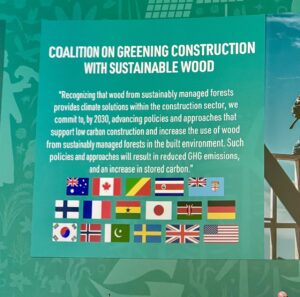 Professor Keith Crews, Director of the ARC Research Hub to Advance Timber for Australia’s Future Built Environment (ARC Advance Timber Hub), said that “This is an important strategic direction for the ARC Advance Timber Hub. The Hub is committed to the future development of sustainable timber buildings and the emerging opportunities and innovations that are needed in manufacture, supply, design and construction. The Hub’s large research team from 11 Australian Universities and 5 International Universities / Research Institutes, in collaboration with our 28 industry partners, can provide expert assistance in making an increase use of sustainable timber in the built environment a reality.”
Professor Keith Crews, Director of the ARC Research Hub to Advance Timber for Australia’s Future Built Environment (ARC Advance Timber Hub), said that “This is an important strategic direction for the ARC Advance Timber Hub. The Hub is committed to the future development of sustainable timber buildings and the emerging opportunities and innovations that are needed in manufacture, supply, design and construction. The Hub’s large research team from 11 Australian Universities and 5 International Universities / Research Institutes, in collaboration with our 28 industry partners, can provide expert assistance in making an increase use of sustainable timber in the built environment a reality.”
COP28, Dubai – Forest and Climate Leaders Partnership announcement on the Coalition on greening construction with sustainable wood.
Timber 2032 Forum – Going for Gold on National Forestry Day
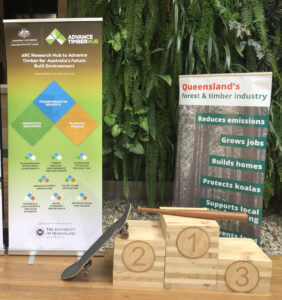 Queensland Government officials and timber industry representatives met at The University of Queensland on the 22 August 2023 “National Forestry Day” to discuss utilising mass timber construction and other timber products together with establishing timber plantations to achieve a “climate positive” Brisbane 2032 Olympic and Paralympic Games.
Queensland Government officials and timber industry representatives met at The University of Queensland on the 22 August 2023 “National Forestry Day” to discuss utilising mass timber construction and other timber products together with establishing timber plantations to achieve a “climate positive” Brisbane 2032 Olympic and Paralympic Games.
The Timber 2032 Forum was hosted by Timber Queensland and the ARC Advance Timber Hub.
Timber Queensland’s Strategic Relations and Communications Manager Clarissa Brandt said, “National Forestry Day is the ideal time to highlight how the natural warmth and beauty of wood can enhance the overall atmosphere of the venues and athlete villages, creating a memorable experience for athletes and spectators alike whilst delivering an infrastructure and natural capital asset legacy for Queensland.”
“Brisbane 2032 is a chance for Queensland’s timber industry to shine alongside our athletes. Our beautiful hardwood and softwood timbers are the gold medal solution to lowering emissions and reducing embodied carbon in construction,” she said.
“Timber 2032 Forum attendees will also gain insights into another winning aspect of using timber; the health and wellbeing benefits associated with timber buildings to improve Olympic athletes, and subsequent residents, mental state, stress levels and performance.”
Professor Keith Crews, ARC Advance Timber Hub Director, reiterated on the day, “The purpose of today was to firstly showcase what can be done with wood, and secondly, and especially, to start a conversation about how timber can contribute towards a carbon positive games and perhaps more importantly what the legacy might be beyond that and how there can be a lasting value for Queensland and Australia more broadly. The people in this room can make this happen if we work together.”
Mrs Brandt said the Queensland Government’s Brisbane 2032 Legacy Plan defines how to drive economic, social and environmental outcomes that ensure lasting benefits before, during and after the Games.
“Planting production trees ticks all the boxes for delivering a climate positive legacy. A Legacy Plantation would deliver carbon sequestration to offset Olympic infrastructure construction, it would grow regional jobs now and into the future and it would help provide a solution to our growing timber production shortfall.
“To put this in perspective – by 2035 Queensland will face a timber production shortfall for house frames equivalent to the size of Cairns, because we don’t have the trees growing in the ground right now to meet that demand. The shortfall gap will only get worse if action is not taken.”
“National Forestry Day is the perfect opportunity for Government decision makers to reflect about the important role of timber and wood in everyday lives as well as how it will be utlised for Brisbane 2032. Happy National Forestry Day 2023!,” said Clarissa Brandt.
To learn more, please view Wood Central’s article “Brisbane 2032 Olympic Decision Makers Discuss Timber & Carbon” and follow on article “Architects Back Timber Vision for Brisbane 2032 Olympics”.
ARC Advance Timber Hub Chief Investigators, Associate Professor Paul Dargusch and Associate Professor Joe Gattas, alongside Mahomed Ayoob, Technology Strategist, Microsoft presented on “Utilising timber in construction to lower emissions and reduce embodied carbon: life cycle assessment and greenhouse gas Inventory of mass timber buildings”.
This video represent the work to be undertaken in the ARC Advance Timber Hub Research Nodes “Towards a Low-Carbon & Circular Economy” and “Value-Chain Innovation”.
New ARC Research Hub to “Advance Timber for Australia’s Future Built Environment”
On July 13, 2022, the Hon Jason Clare MP and Australian Research Council (ARC) announced a grant of $3 million in research and development (R&D) funding to establish the ARC industrial Transformation Research Hub to Advance Timber for Australia’s Future Built Environment (ARC Advance Timber Hub). The hub is based in the School of Civil Engineering, Centre for Future Timber Structures, at the University of Queensland (UQ).
The aim of the hub is to develop the resources, enablers, and drivers to advance timber, as a natural resource, to be the material of choice, leading towards a net zero future for Australia’s built environment. The bid has significant support from industry, with a further $12 million cash and in-kind contributions committed by 33 national and international participant organisations; delivering a comprehensive R&D program over 5 years, commencing in 2023.
The application was developed in Q2 & Q3, 2021, in response to detailed feedback from a broad range of industry sectors, combined with an assessment of national R&D needs, which were identified in a workshop held at UQ in April 2021. This new Industrial Transformation Research Hub, led by Professor Keith Crews and his team, builds on the success, and expands the scope, of the previous ARC Industrial Transformation Research Hub to Transform Future Tall Timber Buildings (ARC Future Timber Hub), which concluded in December, 2021.
Research will be undertaken through 8 inter-related Research Nodes, focusing on 3 over-arching themes of: Innovative Solutions, Transformative Benefits and Planning Change. The new Hub aims to support the transformation of Australia’s timber and construction sectors by:
- stimulating growth in innovation,
- increasing the uptake of timber products used in buildings, and
- establishing a roadmap for change.
The expected outcomes will kickstart the change process, supported by growth in advanced manufacturing across the value chain. This should provide significant benefits in stimulating an opportunity for regional development and resource diversification whilst helping the sectors transition to a circular and net-zero economy.
